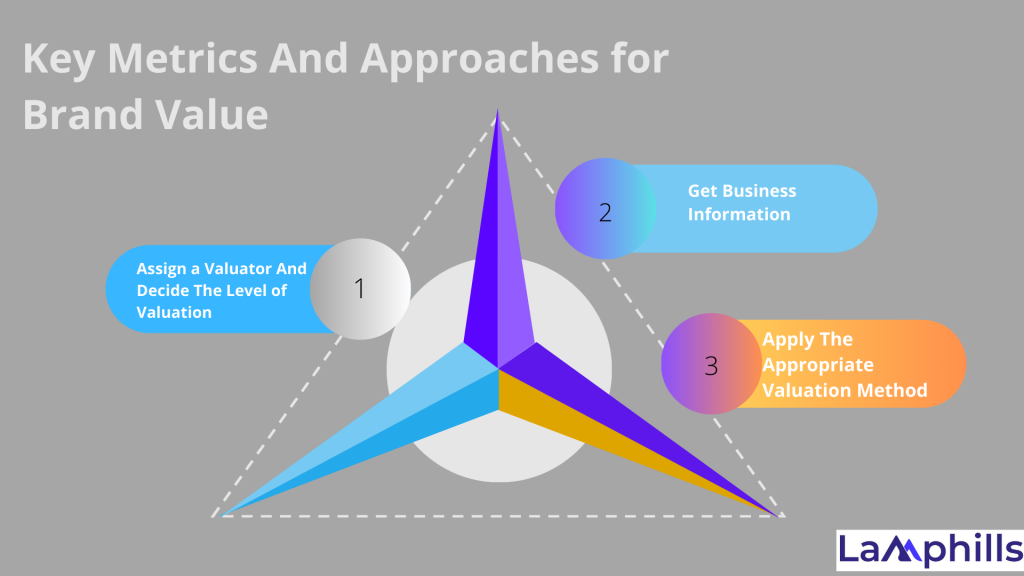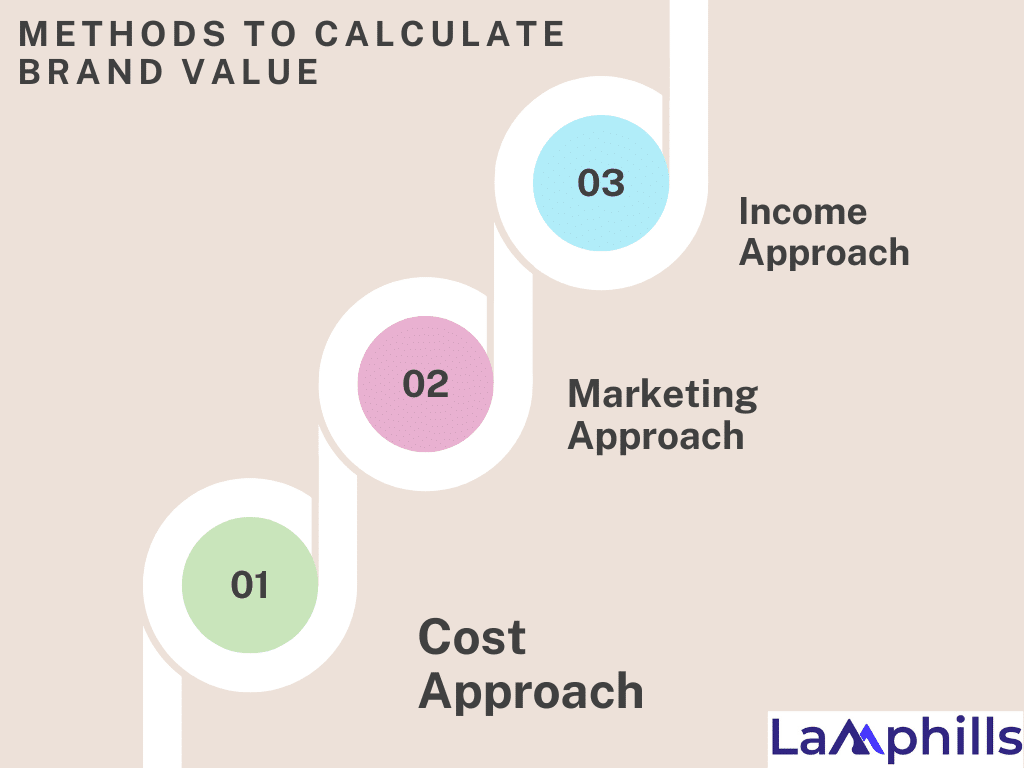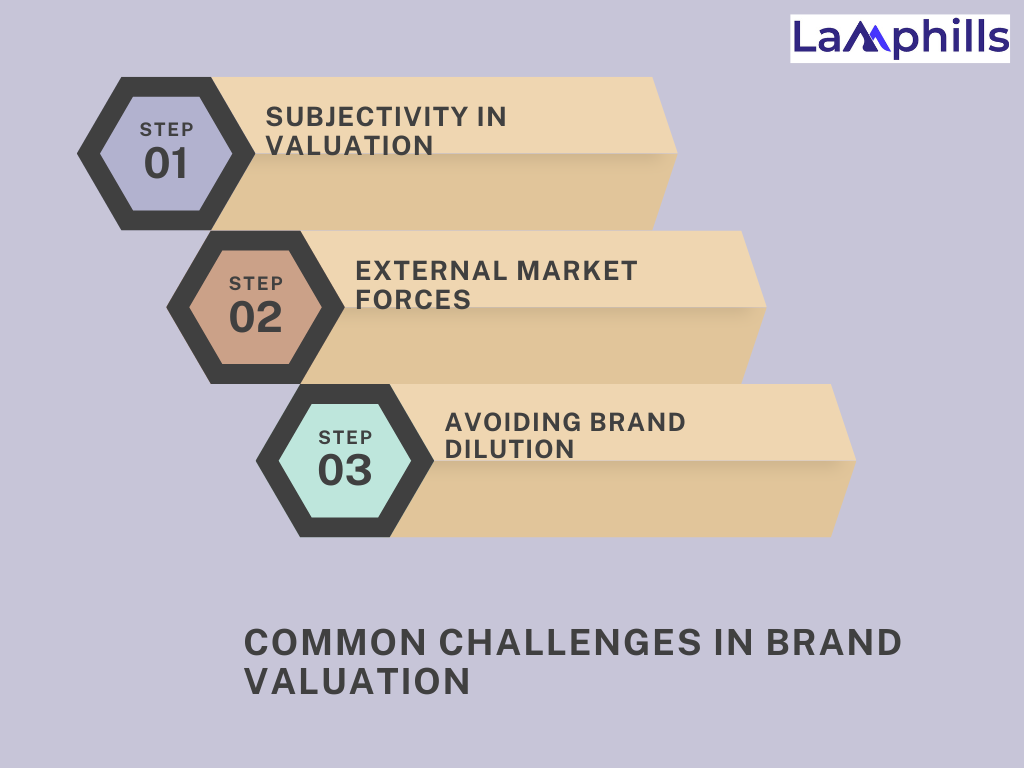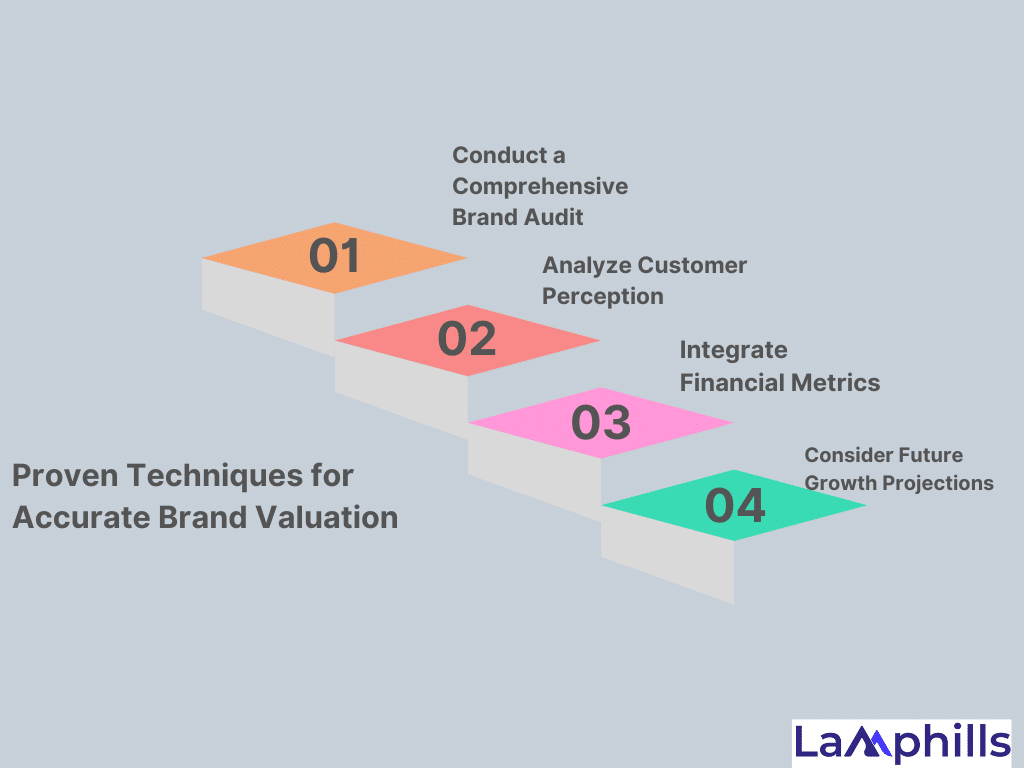When I first started exploring brand value, I was working on a project. The company was growing fast, but when we sat down to look at its financials, the leadership team realized something critical: they didn’t have a clear understanding of their brand’s value. And that’s when it hit me—many businesses, even successful ones, overlook brand valuation until it becomes essential for their next big moves, like mergers, acquisitions, or expansion. In this article, I’ll share practical, proven techniques for accurate brand valuation, why it matters, and how it can help your business achieve long-term growth and success.
Key Takeaways
- Understanding your brand’s value can reshape how you approach marketing, product development, and customer service. Knowing this figure allows businesses to manage their brand strategically, as seen in the transformation of a tech company I worked with. They became more intentional in their approach after valuing their brand, helping reinforce their market position.
- Brand equity reflects customer perception, loyalty, and brand associations, whereas brand value refers to the financial worth of the brand in the market. Positive brand value doesn’t necessarily mean positive brand equity. Companies need to manage both to ensure long-term business success.
- The cost, market, and income approaches are commonly used for brand valuation. Each method has its strengths: the cost approach looks at the expenses of building the brand, the market approach compares it to competitors, and the income approach projects future earnings.
- Tools like customer surveys and social listening are essential for analyzing brand perception. Equally, tracking financial performance and future growth projections are critical metrics to ensure an accurate and comprehensive brand valuation. These steps helped refine the messaging and valuation of brands I’ve worked with, proving their effectiveness.
What Is Brand Value?

Brand value, or valuation, is the calculation of a company’s financial worth or the price that a prospective buyer is willing to pay for its acquisition. It calculates the net worth of all the company’s tangible and intangible assets. It enables an investor to estimate their prospective return while evaluating an investment. Brand value is the sum of a company’s brand equity, financial performance, consumer perception, and goodwill. Knowing a company’s brand valuation during tax planning, commercial valuation, financial reporting, licensing, financing, mergers and acquisitions, and strategic decision-making is critical for avoiding losses and risks.
Knowing your brand’s value allows you to manage it more intelligently. Consider how brands like Apple or Nike operate—they understand their value and use that information to make decisions that reinforce their market position. When we worked through the valuation process, it changed the way the tech company approached marketing, customer service, and even product development. They became more intentional, and that’s the power of understanding your brand’s value.
What’s the Difference Between Brand Equity & Brand Value?
Brand equity is a collection of assets or liabilities in the form of brand visibility, brand connotations, and customer loyalty that contribute to or detract from the value of a present or projected brand-driven product or service. It is an important concept in the management of both marketing and commercial strategies.
In contrast, brand value refers to the brand’s financial worth. To measure brand value, firms must assess how much the brand is worth in the market – in other words, how much someone would pay for the brand. It is vital to note that positive brand value does not imply positive brand equity.
Key Metrics And Approaches For Brand Value

Brand valuation as a notion appeared in the 1980s. Since the inception of brand valuation, there has been a continuous disagreement over the process and the persons in charge of it. One of the most serious concerns is the possible conflict of interest that occurs when the people who establish a brand are also responsible for determining its value. The following is a brief overview of the essential processes in the brand valuation process.
#1. Assign a Valuator And Decide The Level of Valuation
A valuator prepares different levels of reports ranging from basic to highly detailed.
#2. Get Business Information
you can get this market information from numerous sources, including the following:
- Financial statements for the past 3 to 5 years – to evaluate financial performance and situation
- The prior year’s tax return
- Business location, square footage, and ownership or rental status of facilities
- Number of employees
- Patents, bylaws, and shareholder agreements
- A sales breakdown by the customer for the past 3 to 5 years – to determine customer concentration
- Information on supplier concentration
- Information on competitors and the brand’s competitive strength in the market
- Independent research on market conditions, business trends, and risk factors
#3. Apply The Appropriate Valuation Method
There are three main valuation methods for companies, and the valuator chooses the method or a combination of methods that best suits the type of business and according to the information available to them. Which I will explain in the following paragraphs.
Methods To Calculate Brand Value

There isn’t a one-size-fits-all method to calculate brand value, but there are three main approaches that businesses commonly use. Each method has its strengths and is suited to different types of companies.
#1. Cost Approach
The cost approach to brand valuation determines the cost of building or replacing a brand. This method uses concrete statistics to calculate the complete cost of brand creation, including marketing campaigns, trademarks, licensing, design work, and other expenses. While having real expenses to calculate is useful, the final figure may not correctly reflect the brand’s perception.
#2. Marketing Approach
The market approach to brand valuation calculates a brand’s worth by examining its market standing and establishing the greatest price at which it may be sold. Comparing the brand to similar firm brands can help determine its value. This strategy is frequently employed when a firm is about to sell.
#3. Income Approach
Finally, the income approach of brand valuation calculates the future net earnings of the brand and uses that figure to provide its current worth. It can also be beneficial for potential investors by providing a focus on the company’s future potential. This method looks at the projected cash flow, income, or cost savings that are attributed to the brand to determine its value.
Case Studies of Successful Brand Value
Here are some of the highest brand valuations in the world. Like other highly valued brands, they serve as strong marketing examples of how to stand out and can provide excellent ideas for application at your own company.
#1. Amazon
E-commerce giant Amazon ranks as the highest-valued brand in the United States in 2023 with a calculated brand valuation of $299.3 billion. As explained by an article in Talk Business & Politics, Brand Finance calculated the figure using the income approach and reflects Amazon’s success in both B2B and B2C. Customer perception of Amazon’s sustainability efforts—the highest sustainability perception value of any company in the U.S. – is also playing a growing role in the valuation, according to Brand Finance.
#1. Starbucks
Starbucks continued to be the world’s most valuable restaurant brand, with a brand worth $53.4 billion, according to Brand Finance. For the seventh year in a row, Brand Finance put Starbucks ahead of McDonald’s using the income strategy, specifically the royalty relief method. The 2023 valuation is a 30% increase from before the epidemic. Starbucks also has the greatest sustainability perception value among eateries worldwide.
#3. Verizon
Telecommunications leader Verizon has a calculated brand valuation of $67.4 billion, according to the Brand Finance 2023 report. Even with a slight decrease in valuation since last year, due to an increase in the number of competitors, the company is in its fourth year as the world’s most valuable telecommunications brand. According to a Telecompetitor article, factors affecting the valuation included coverage, value, customer service, and trustworthiness.
Common Challenges in Brand Valuation

Here are a few challenges you might encounter during a brand valuation,
#1. Subjectivity In Valuation
One difficulty I’ve noticed often is the inherent subjectivity in brand assessment. While measures are useful, there is always some degree of ambiguity. That is why it is critical to employ different ways to obtain a comprehensive picture.
#2: External Market Forces
Another challenge is market volatility. Economic downturns or shifts in consumer patterns can have a significant impact on your brand’s value. I’ve seen businesses swing from high valuations to considerably lower figures simply because of an unexpected industry change. Being adaptive is essential.
#3: Avoiding Brand Dilution
Finally, be cautious of brand expansions or alterations that may weaken your essential identity. I have dealt with brands that attempted to expand too quickly or into unrelated markets, only to confuse customers and harm their brand value. Consistency is crucial when managing your brand’s value.
Proven Techniques for Accurate Brand Value

Below are a few of my tested and proven techniques for brand valuation,
#1. Conduct a Comprehensive Brand Audit
Before getting into value, it’s critical to understand where your brand currently sits. One of the first steps I recommend is to conduct a brand audit. This process includes assessing everything from your brand and messaging to your reputation and customer service.
When we conducted this for the IT company, we uncovered some unexpected differences in how they presented themselves across many platforms. Their social media presence, for example, was less professional than their website, and client feedback contradicted their marketing materials. Resolving these gaps not only enhanced company valuation but also their brand consistency and client trust.
#2. Analyze Customer Perception
Customer perception is essential to brand valuation. By concentrating on customer sentiment, firms have been able to transform the direction of their brands. Customer surveys, internet reviews, and social listening can all help you understand how your target audience perceives your business.
#3. Integrate Financial Metrics
Your brand’s financial health is directly proportional to its value. One common error I find in firms is underestimating the importance of tracking financial performance. I worked for a hospitality company that didn’t constantly track its market share or revenue growth. Once we created a system to track these data, it became easier to establish an accurate brand value—and they were able to use that information to better pitch investors.
#4. Consider Future Growth Projections
Accurate brand valuation considers not only where your brand is currently, but also where it is heading. Future growth potential is extremely important for raising the value of your brand.
When I helped the retail brand with its valuation, we built a model that projected how its customer base would grow over the next five years, factoring in market trends, customer loyalty, and expansion plans. This projection helped us determine that their brand would increase in value substantially, which gave them the confidence to make more aggressive business decisions.
What determines brand value?
A brand’s value is merely the total of how much extra people will pay, or how often they choose, the expectations, memories, stories, and relationships of one brand over the alternatives.
What is a brand valuation model?
The Brand Asset Valuator (BAV) model is a tool that helps you measure and manage the value of your brand.
What are the criteria for Brand valuation?
They are transparency, validity, reliability, sufficiency, objectivity; and financial, behavioral, and legal parameters.
What are the components of brand valuation?
The three crucial components of brand valuation are:
1. Financial analysis through cost-based, income-based, market-based, and formulary approaches;
2. Legal evaluation for ownership right of intangible assets through registration and licensing;
3. Behavioral analysis, including consumer perception, market trends, competition, etc.
Conclusion
Accurate brand valuation is more than just a figure; it’s a strategic instrument for driving growth, securing investment, and increasing long-term success. You can discover your brand’s true value by conducting a brand audit, assessing customer perceptions, watching financial data, and considering future projections. Whether you’re a startup, a developing firm, or an established organization, these tactics can help you better manage your brand. So, when was the last time you assessed the genuine value of your brand? Perhaps it is time to realize its full potential.
References
Related Articles
- Complete Branding Package for Small Businesses: Examples, What to Include and Best Practices
- Understanding Brand Perception: Why It Matters for Your Business in Nigeria
- What Is Brand Perception and How Can You Measure It? + Famous Brand Examples.
- Brand Value: What It Is, Why It’s Important, and How to Measure It.






